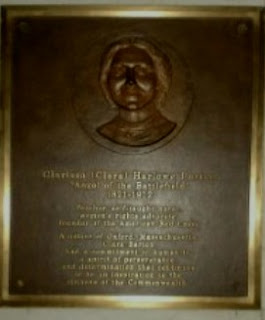Historical Review: The Taft-Hartley Act
The Taft-Hartley Act, also known as the Labor Management Relations Act of 1947, is a federal law in the United States that restricts the influence of labor unions. Despite being vetoed by U.S. President Harry S. Truman, the Act was passed into law on June 23, 1947.
The legislation was initially introduced by U.S. Representative Fred A. Hartley, Jr. (R-NJ) on April 10, 1947. The Taft-Hartley Act amended the 1935 National Labor Relations Act (NLRA).
According to the National Labor Relations Board: "The Taft-Hartley Act made major changes to the Wagner Act. Although Section 7 was retained intact in the revised law, new language was added to provide that employees had the right to refrain from participating in union or mutual aid activities except that they could be required to become members in a union as a condition of employment. Taft-Hartley defined six additional unfair labor practices, reflecting Congress' perception that some union conduct also needed correction. The Act was amended to protect employees' rights from these unfair practices by unions."
For more information about the Taft-Hartley Act visit:


Comments
Post a Comment